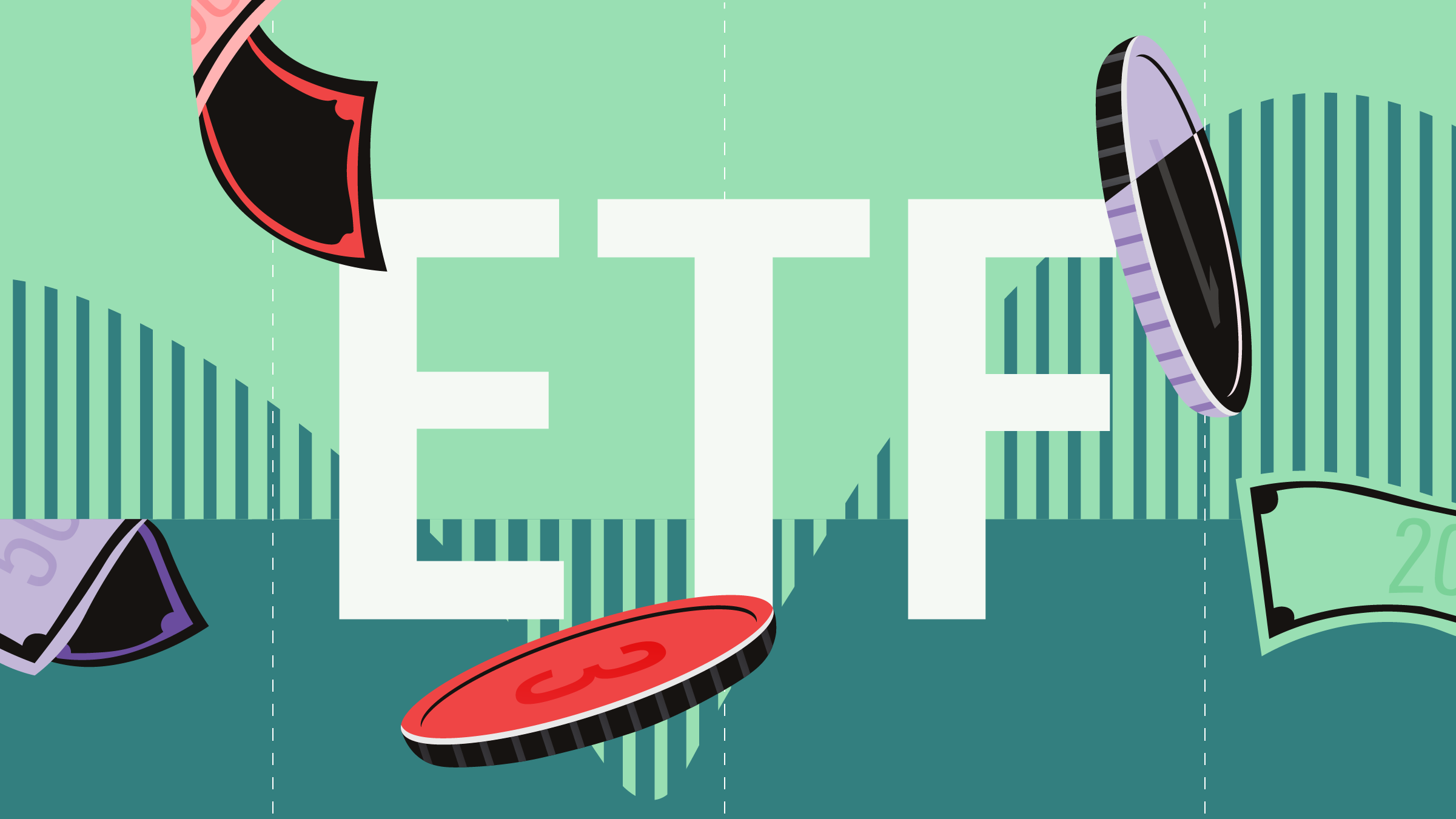
Editor's note: Read the latest on how the coronavirus is rattling the markets and what you can do to navigate it.
At a little over 15-months old, liquid alternative funds (liquid alts) are the new kids on the block. The recent market turmoil has been the occasion for the category to prove its worth, and some would argue it has delivered.
For the first three months of the year, the Scotia Alternative Mutual Fund Index (equal weighted), an index that has around 40 Canadian liquid alts, shows a negative return of 8.69%. For the same period, Morningstar direct data shows that the S&P TSX Composite was down by 20.90%, and the S&P 500, by 12.19% in Canadian dollar terms.
“Liquid alts have delivered on their promise to outperform their long-only peers and benchmarks; they have demonstrated that they can be critical in preserving wealth in the long run,” says Claire Van Wyk-Allan, Director, Head of Canada, of AIMA (Alternative Investment Management Association).
The Canadian liquid alternative funds category now numbers about 110 funds, holding total assets of about $8 billion by January 2020. AIMA projects that assets could grow to at least $25 B by 2025, maybe even reach $100 B
What are “liquid alts’?
As their name indicates, liquid alts offer a liquidity level similar to mutual funds, but some require a few days, or up to a week, to be redeemed. They can short up to 50% of their total portfolio, and they can use leverage of up to three times the value of assets under management. These funds replicate the fee model of hedge funds: on average, they charge a basic fee of 1.36% to which they add a performance fee of 7.6%, indicates Van Wyk-Allan.
Medium risk, high rewards
Fundata has supplied us with lists of the top performing funds in the five fund sub-categories: Equity focused, Credit focused, Multi-Strategy, Market neutral and Other. Fundata’s rankings list the top-10 performers in the first three subcategories, but only four funds in the fourth, five in the last, reflecting the smaller number of offerings in these last two subcategories.
The drawdown of -8.69% as recorded by the Scotia index is only an average. Some funds have fared much better in the storm, even managing to produce positive returns. Of the 39 fund names supplied by Fundata, eight can boast positive returns year-to-date up to March 31. These outperformers show positive returns ranging from 1.76% for the Desjardins Alt Long/Short Equity Market Neutral ETF and 2.2% for the CIBC Multi-Asset Absolute Return Strategy Fund, up to 4.44% for the CI Marret Alternative Absolute Return Bond Fund and 5.98% for the Dynamic Alpha Performance II Fund (most funds listed by Fundata are Series A).
One fund, in the Other subcategory, shows a whopping year-to-date positive return of 26.17%; that is the WaveFront Global Diversified Investment Class fund. The fund invests close to 30% of its $12 million portfolio in the agriculture sector with holdings like Cotton No. 2, another 24% in Bonds, and close to 20% in currencies like the Australian dollar.
Hard falls
While these mouth-watering returns might make investors who have seen their portfolios take a hit in the downturn envious, it would be wrong to conclude that all liquid alt funds are money makers. For the funds that have given negative returns, the falls are hard to bear, as some of the liquid alts have done just as bad as the major Canadian and American indices, in some cases far worse.
For example, in the ‘Other’ subcategory, the BMO PineBridge Preferred Securities TACTIC Fund has lost -18.95 % while the Accelerate Private Equity Alpha Fund is down a discouraging 37%. In the Equity focused subcategory, the McElvaine Investment Trust Fund backpedaled by 28.15% and, in the Multi-Strategy slot, the Friedberg Asset Allocation Fund hit bottom at -37.31%.
Lack of history a concern
The short history of liquid alts can make the selection of a specific fund challenging. For example, the Dynamic fund that has scored a spectacular +5.98% in the market downfall has only managed to return 1.31% since its inception in October 2018.
However, the Veritas Absolute Return Fund, top-of-the-list in the Equity focused slot, and the CI Marret Fund, top-of-the-list in the Credit focused slot, both show consistent positive returns in the downturn and since inception. The Veritas fund has remained positive year-to-date at 3.92% and since inception in October 2019 at 7.34%, while the CI fund is up 4.44% year-to-date and 6.73% since inception in November 2018. But will the outperformance continue, as past performance is no indicator of future returns?
Even selecting a longer-running candidate can cause perplexity. For example, the Equity-focused Horizons Seasonal Rotation ETF shows a very good long-run performance of 5.56% since its inception in November 2009, but year-to-date, it has dipped like the rest of the market at -22.72%. As for the Wavefront fund, its remarkable 26.17% standing in the storm is tarnished by a -0.67% performance since its inception, also in November 2009.
How to decide?
When deciding where to invest, it is vital that investors understand their goals, time horizon, and risk profile, and only then select investments that match with their personal circumstances. As Morningstar’s Global CIO and President Daniel Needham says: “Talk to your financial advisor or your financial planner and really stick to the plan. That's what the plan's there for. In the short term, markets are going to move around a lot, and it's very important that you take a long-term approach to investing.”
If liquid alts fit your risk profile, and you do have cash to deploy in these assets, the AIMA Canada Handbook 2019 gives a few pieces of advice.
- Check the background and experience of the investment team. Though liquid alts are relatively recent, the managers often have experience managing hedge funds. Check the performance track record there.
- Question their management of risk (independent reporting lines, operational risk management, conflicts of interest).
- Verify if their compliance culture is clean.
- Finally, see if the senior investment managers are personally invested in their fund.
Are you getting the right returns?
Get our free equity indexes to benchmark your portfolio here





















